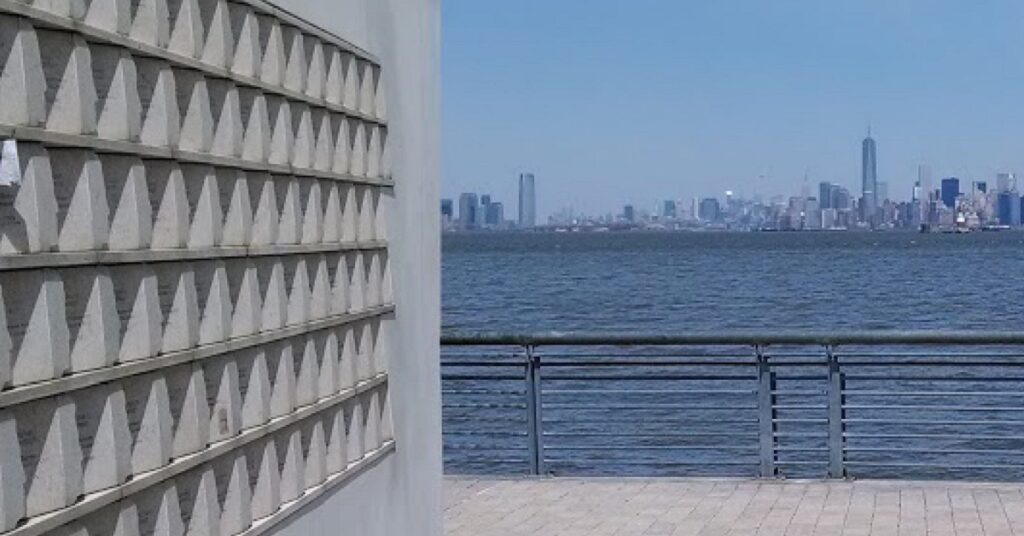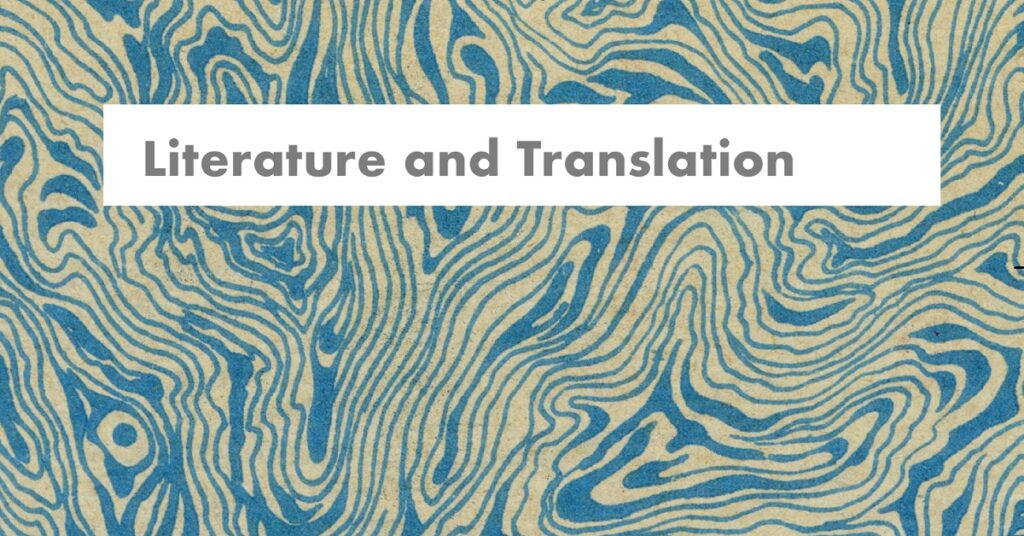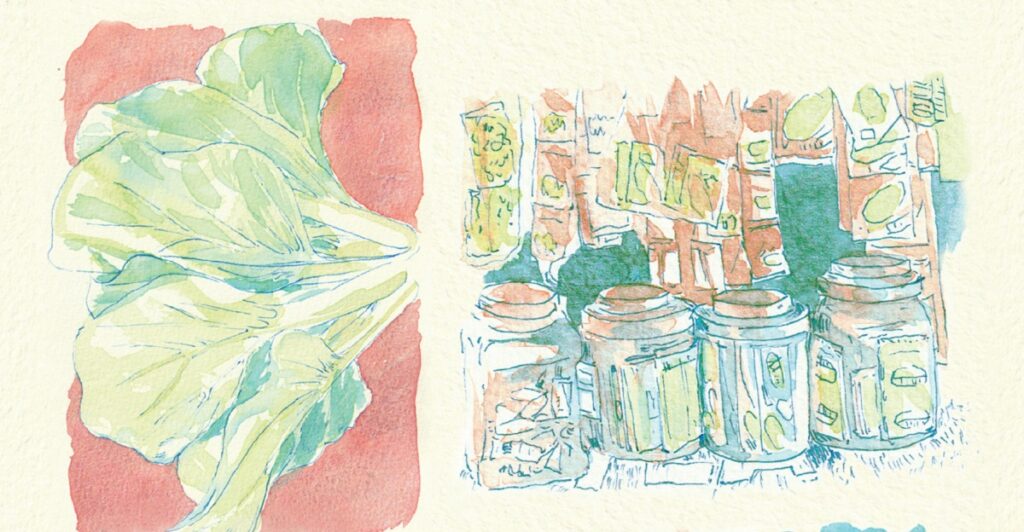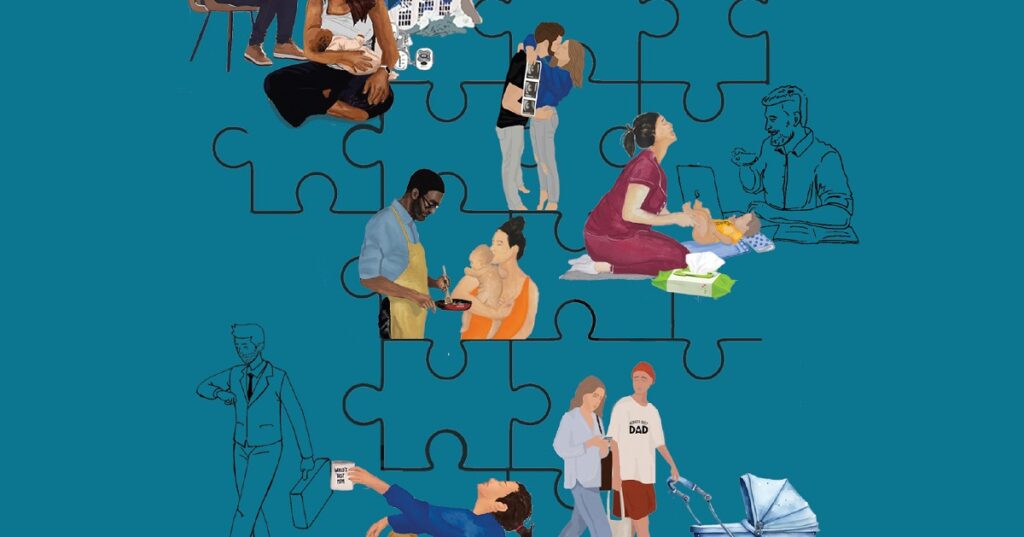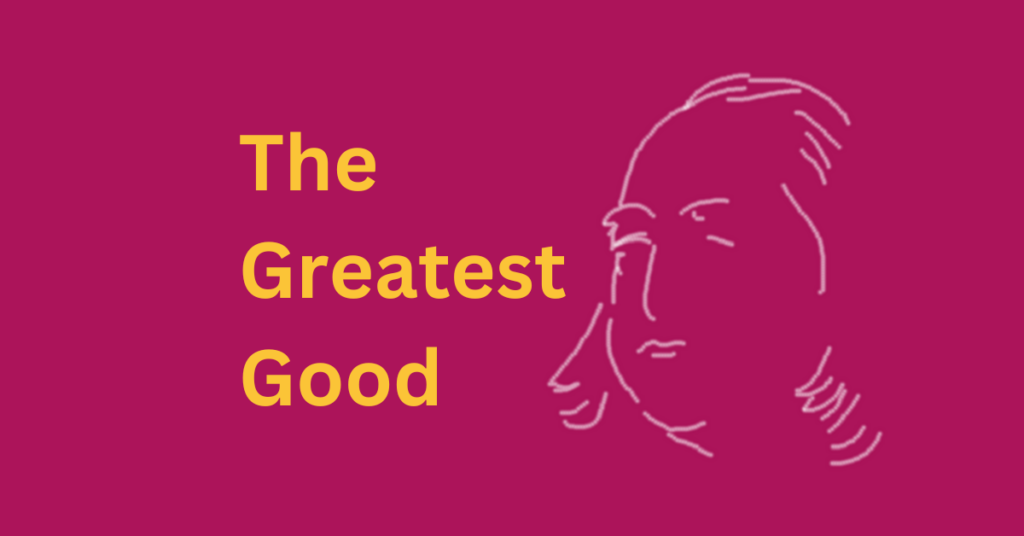In Packaged Plants: Seductive supplements and metabolic precarity, published today by UCL Press, authors Anita Hardon and Michael Lim Tam offer an absorbing ethnography and cultural history of how the production and consumption of plants for food and medicine has gone through ‘metabolic rifts’, increasingly processed into commodities with adverse impact on health and aggravating existing economic and social inequities.
This extract from the book places the authors’ research in a wider context, and reveals how ultra-processed foods (UPF) are relied on for their convenience, their cheapness and their supposed medicinal properties, which are often based on highly questionable evidence.
One early morning when I (Michael) was busy working at home on the final edits for this book, I decided to check our kitchen to see what our housekeeper was preparing for breakfast. I did this with some trepidation because I could guess, from the smell, what she was cooking. Indeed, she was frying several hot dogs and at her feet were three of our dogs – one a dachshund – doing their puppy eyes routine in anticipation of getting their share of the loot.
‘Giatay!’, I exclaimed, the term is from Cebuano, a southern Philippine language, and it roughly means ‘Oh my liver!’ to express surprise, shock, dismay. I reminded her that we had already talked about dietary norms in my household – my being vegetarian, and my wanting my children to grow up healthy even if they are not vegetarian, so the instructions were to minimize ultra-processed foods (UPF) like instant noodles, fast food, ‘forever foods’ (don’t they ever perish?) and of course, hot dogs.
The real dogs were still sitting listening to our conversation, probably hopeful that my lecture would force our cook to throw away the hot dogs.
This time I told her that I’d been so busy working on a book about food and had come across so many studies about the danger of hot dogs and other UPFs. I didn’t want to bandy terms like metabolic syndrome, so I chose something more familiar: cancer.
She was apologetic, but defensive: ‘But the hot dogs were not for you or for your children. It was for me and the driver.’
I quickly retorted, ‘But I don’t want you or the driver to be put at risk for cancer!’
She had the final say, an enthusiastic ‘thank you’ for my concern, but I couldn’t help but feel there was a tinge of cynicism, if not sarcasm, in her thanks.
That incident reminded me I had to finish the preface for this book, where I started by referring to a British Medical Journal (BMJ) article featuring a massive umbrella study previously published meta-analyses that involved, in total, 9.9 million people. I was alerted to the BMJ article by a feature in the British newspaper The Guardian, headlined ‘Ultra-processed food linked to 32 harmful effects to health, review finds’ (Gregory 2024).
The title and tone of the BMJ article was more sedate but still alarming. In a summary of their findings, the authors of the article said that a ‘direct association (was) found between exposure to UPF and 32 health parameters covering mortality, cancer, mental, respiratory, cardiovascular, gastrointestinal and metabolic health outcomes’. Furthermore, the authors found other studies suggesting more studies that could be made to explore other linkages between UPF and ill health, especially in terms of chronic inflammatory diseases (Lane et al. 2024).
The study made Anita and me pause: should we further delay the book and add more materials on UPF as found in the BMJ article?
Anita and I decided not to delay. UPF did figure prominently in our book, but as part of a spectrum of metabolic rifts or ways through which plant-based food and medicines have, through new forms of production, processing, marketing and consumption, created numerous problems not just around nutrition and health but also in exacerbating social inequities.
But the ‘hot dogs incident’ reminded me of the real world out there and the difficult tasks that lie ahead. How can the BMJ article’s findings be disseminated and spur people to take action? How do we translate terms like ‘danger’ and ‘risk’?
The odds are tremendous given the way science is eclipsed by advertising and promotions, including multi-level marketing that pushes vitamin-minerals and supplements and UPFs. Alternative information and education on healthy eating have few platforms available, given too that even scientists and professionals are often captives of the metabolic rifts we describe in our book, the loss of plant sovereignty or control over our food and medicines.
The poor are put at greatest risks in the way their food sources are now limited to the packaged UPFs, including beverages like soft drinks. Our packaged plants theme took on more urgency as we found a growing body of literature describing how the packaging themselves are problematic, plastics especially endangering the health of people, of non-human animals, and the planet itself. Solutions to malnutrition, a paradox of underweight and stunting on one hand and of overweight on the other, take on the character of UPFs with fortification programs, with an emphasis on micro-nutrient deficiencies that further expand the market for vitamins and minerals.
Going through voluminous research reports reminded us about how we are lagging behind in the race for better nutrition and health and why we need more foresight, anticipating other problems in the horizon. An article by Wickramasinghe et al., published in 2021, warns that even plant-based nutrition is being co-opted, and urges greater regulation of the many plant-based products that have appeared on the market, riding on the search for ‘organic’ and ‘natural’ foods, preferably packaged. Wickramasinghe and his associates note that many of these new plant-based products are in fact UPFs, with the same problems of high salt, sugar and fats found in the meat-based UPFs (Wickramasinghe et al. 2021).
Even nutritionists and health professionals are still unfamiliar with the term “UPF” despite its having been introduced and defined several years ago (Monteiro et al 2019). So much advocacy work will involve translation, and not necessarily from one language to another but in terms of demystifying the jargon. Advocacy will also involve dissemination of Good Practices in the many fields related to nutrition and health.
As we finalized our preface, local newspapers featured still another relevant article, this time about scams in the Philippines involving supplements making unsubstantiated anti-cancer properties for the products. One patient diagnosed with breast cancer said that she spent some $909 US per month for the supplements and agreed to chemotherapy only after her cancer metastasized.
We were touched by the valiant efforts of individuals to counter-act the scams. A Filipino oncologist working in a government hospital said, ‘five out of 10 patients I see ask me about something they have seen or read on the internet – 90 percent of the time the information is incorrect’.
When Adam, a Melbourne-based Australian doctor, began to post YouTube videos countering the misleading claims of supplement manufacturers, he was threatened with lawsuits by the companies. He has since quit his advocacy.
Agence France Presse (AFP) has been conducting investigations of online promotions of supplements and reporting the deceitful promotions to Meta, the parent company of Facebook, which is widely used by the unethical supplements producers. Even when flagged for their false claims, the companies will take down their promotions temporarily and then bring them back.
The Philippines Food and Drug Administration says it is helpless, with one official saying that it still does not have implementing guidelines on online advertising to accompany the law that created (actually, reorganized) the FDA in 2006.
Both of us (Anita and Mike) became grandparents as we finished writing this book, feeling a greater sense of urgency than when we began to write it, realizing that we will face even tougher questions from future generations who will assess what we did, and didn’t do, in these times of metabolic rifts.
About the Authors
This is an excerpt from Packaged Plants: Seductive supplements and metabolic precarity in the Philippines by Anita Hardon and Michael Lim Tam.
Anita Hardon is Chair of the Knowledge, Technology and Innovation group at Wageningen University.
Michael Lim Tan is Professor Emeritus and former chancellor of the University of the Philippines Diliman.

